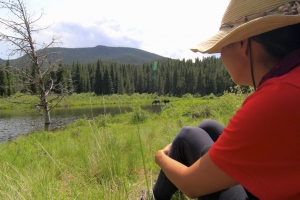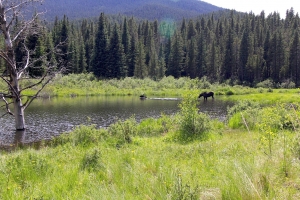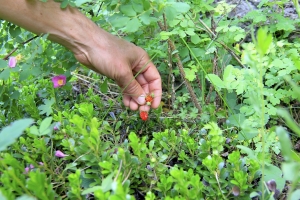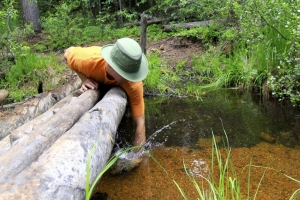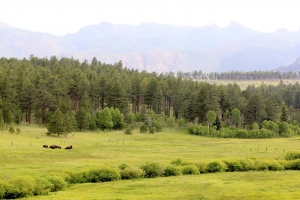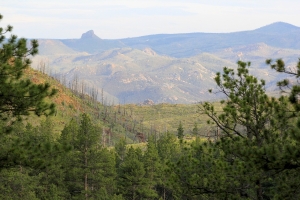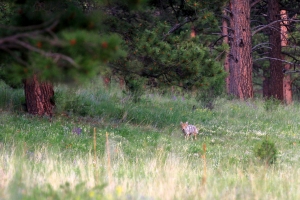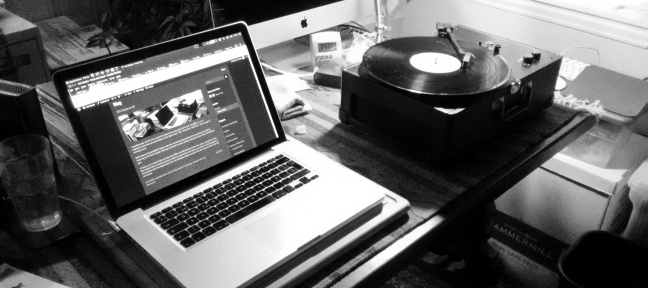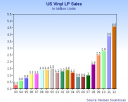Ensemble Learning and the Lord of the Flies
 An intense application of feature engineering, genetic programming, and proposed ensemble learning applied to LIGO glitch classification leads to an email exchange in which an imaginary beach harbors a pile of shells assembled by a greedy fitness function. The lines are drawn in the sand. The decision tree vies for position while the binary classifier stands its ground.
An intense application of feature engineering, genetic programming, and proposed ensemble learning applied to LIGO glitch classification leads to an email exchange in which an imaginary beach harbors a pile of shells assembled by a greedy fitness function. The lines are drawn in the sand. The decision tree vies for position while the binary classifier stands its ground.
The conch? Well, it was an outlier whose incorrect classification initiated a war amongst otherwise solid researchers, upstanding men and boys. I fear Sam-n-Eric are endangered once more …




